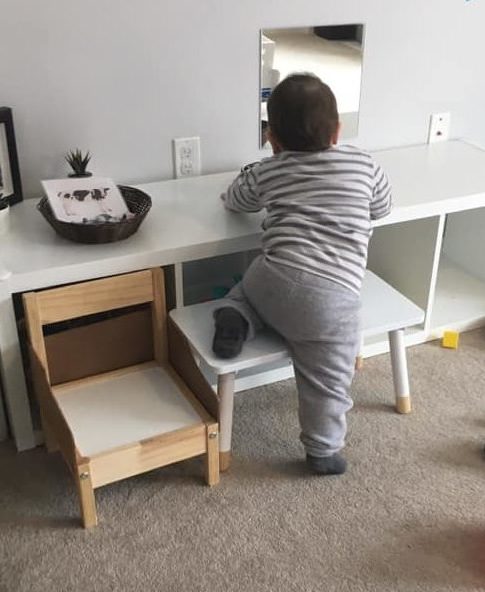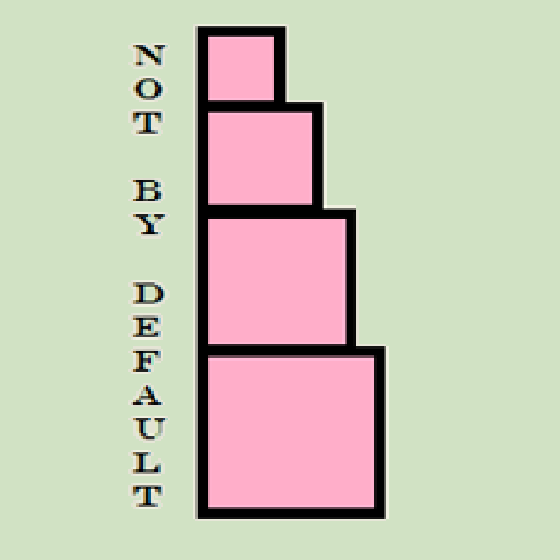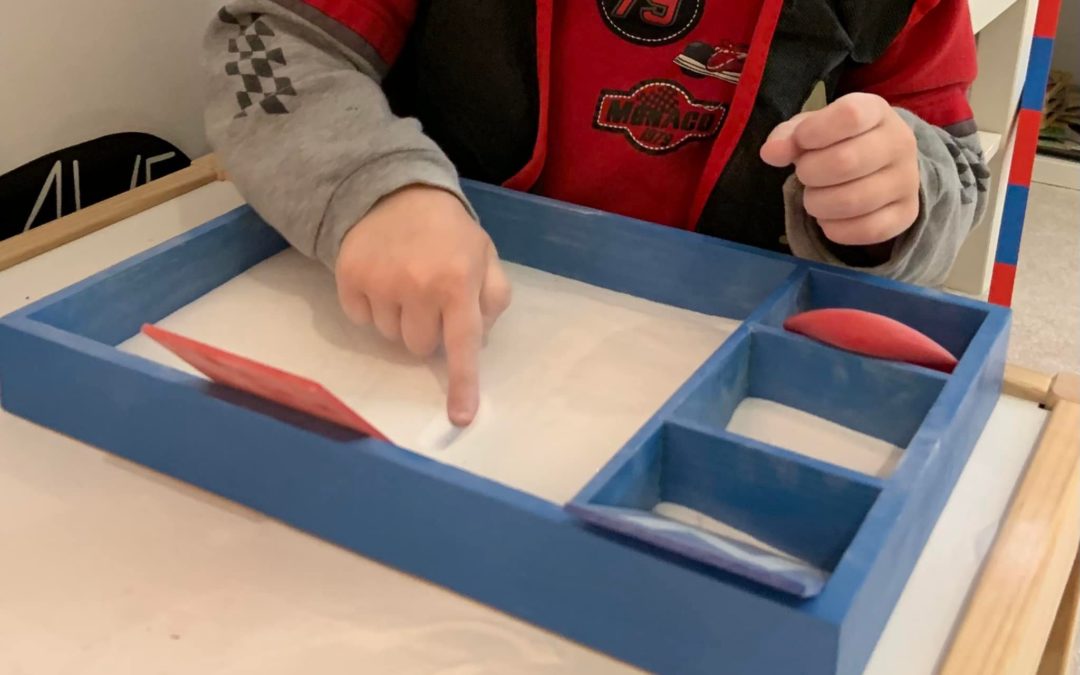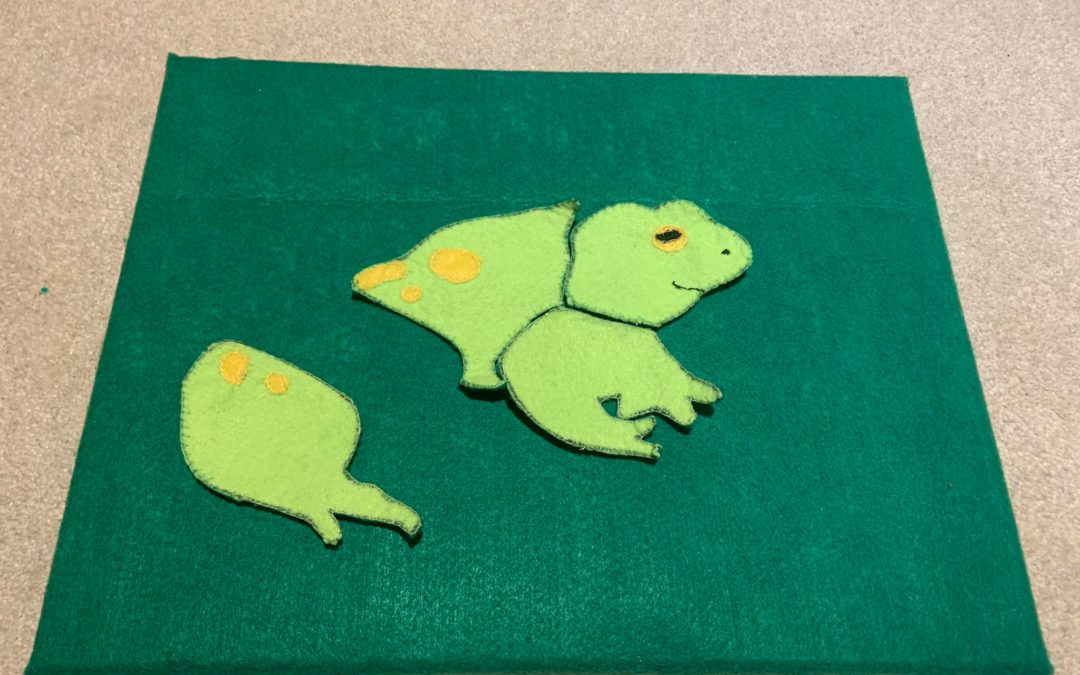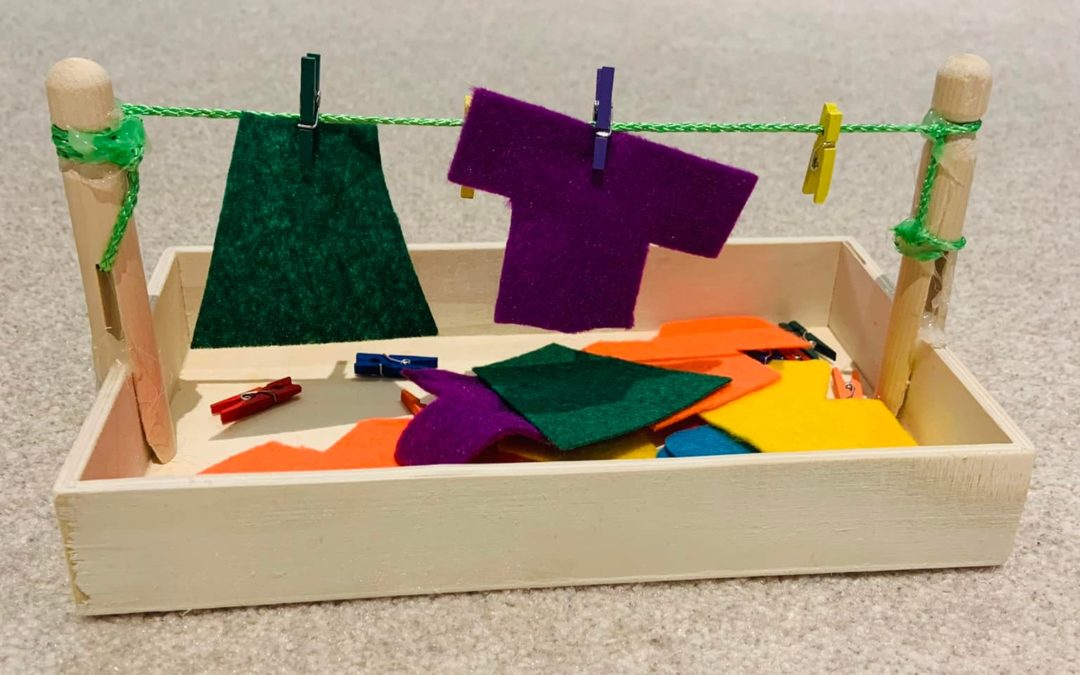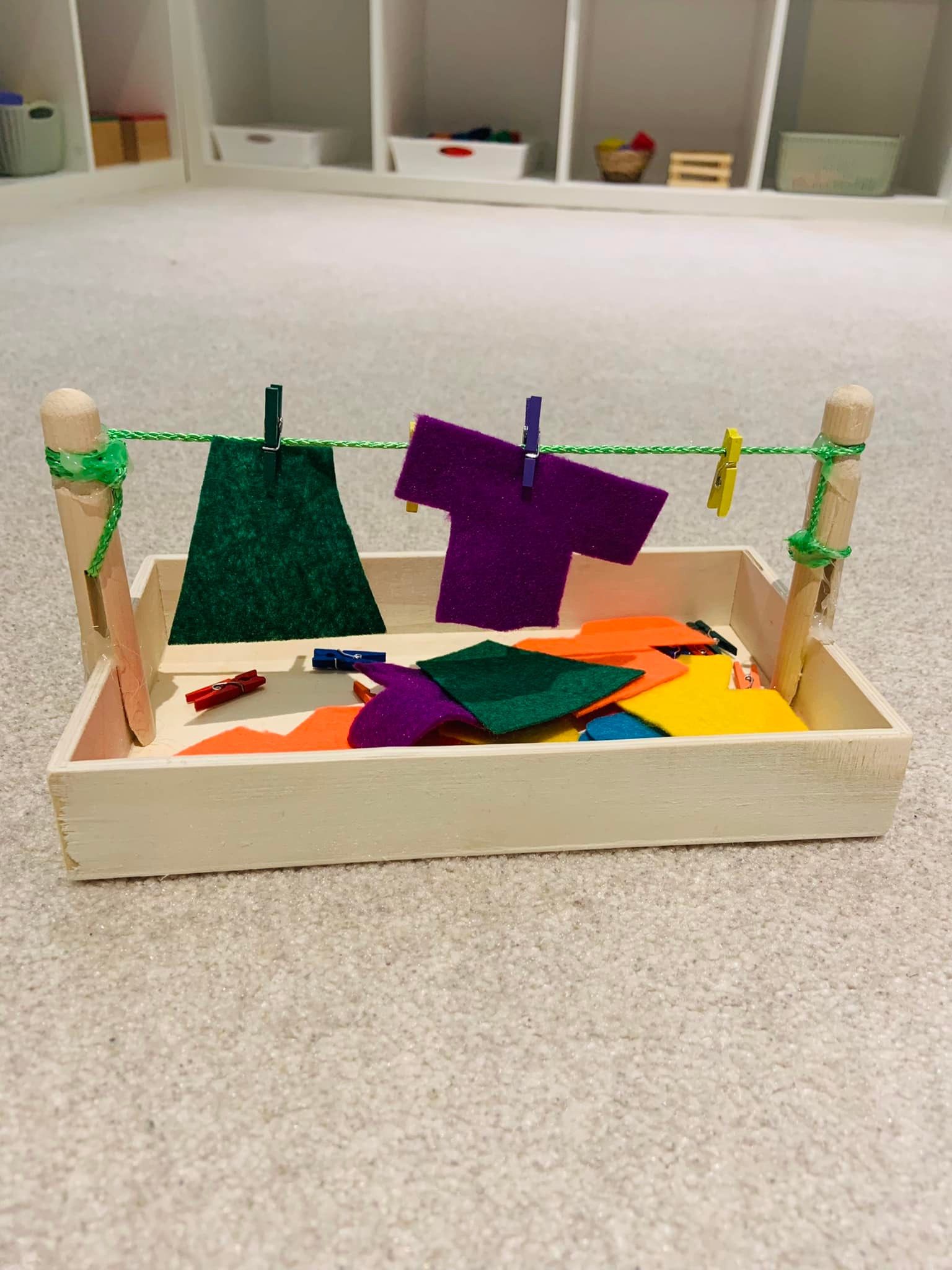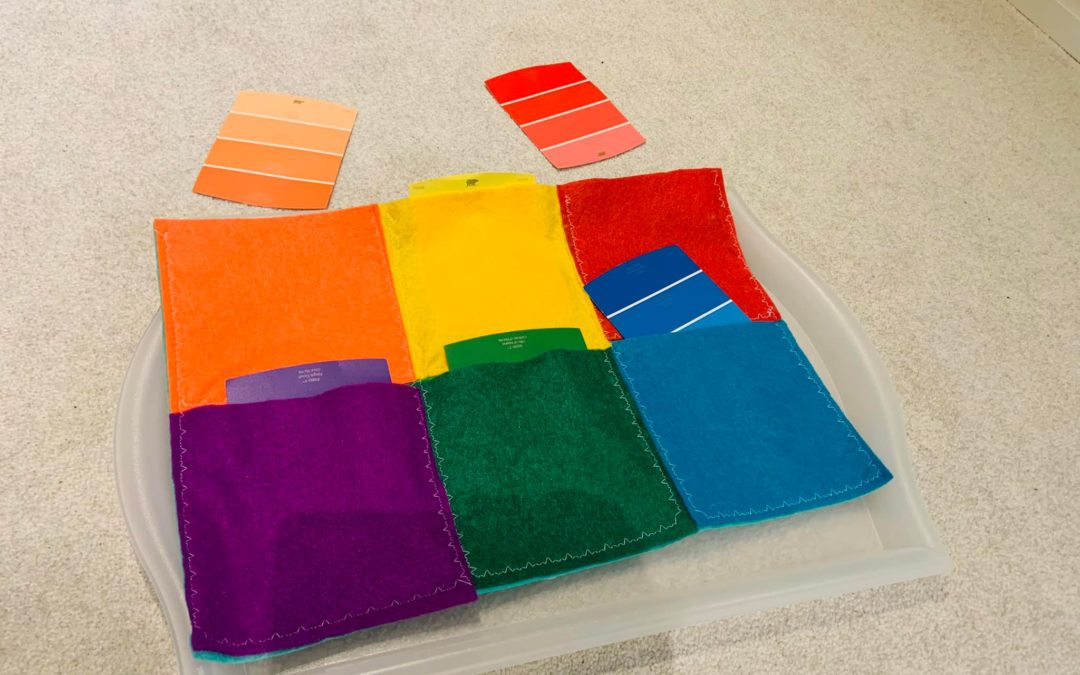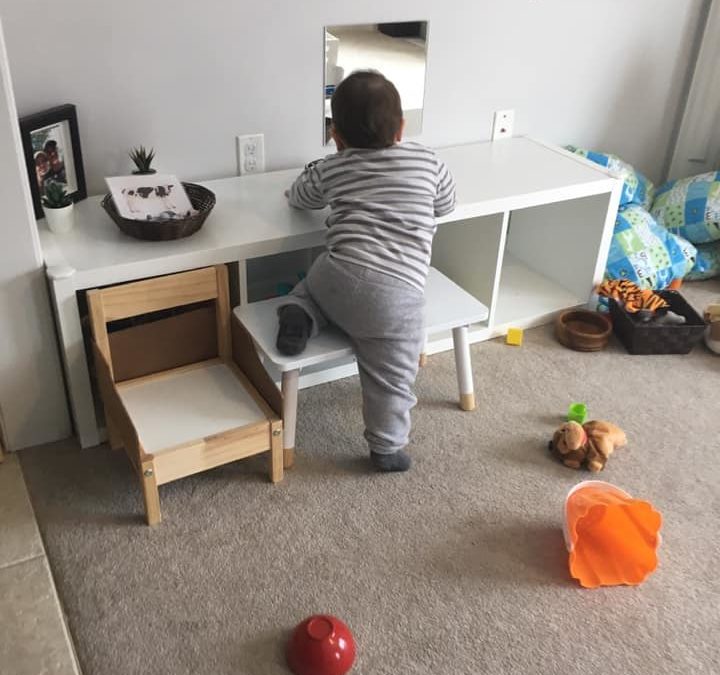
Climb Baby Climb
When thinking about toddlers I find the first place my mind goes is to their need to move. Even in calling them toddlers it brings the image of tiny people toddling around. They very quickly move past toddling though and move right into running, climbing, and testing their body’s limits. Toddlers need to move. They need to see what they are capable of, and they have spend plenty of time as infants observing while not yet mobile. Now that they have figured out movement it is not uncommon for them to move during all their waking hours (sometimes while they sleep as well)! Toddlers need to climb and often they climb places that as adults we deem inappropriate or unsafe. From the toddlers perspective there is no such thing! Asking them not to climb generally will not work, their bodies are telling them they need to and those impulses are much stronger than their ability to follow direction. Even when redirected to another activity they will generally return to the climbing when the impulse strikes. The obvious solution is to create safe climbing options for your toddler. Many homes purchase indoor climbers, pikler triangles of play couches for this purpose. I will be reviewing some of these products in the near future. It is not necessary to buy special climbing equipment but it is a simple answer to the problem of unsafe climbing. Another easier solution is to find climbing opportunities in your home. Climb stools, stairs, piles of couch cushions, beds. If weather allows visit playgrounds, hike, climb hills, find large rocks or fallen trees to climb and balance on. As often as possible when you witness unsafe or inappropriate climbing acknowledge your child’s perspective, and offer them a climbing alternative you are happy with them exploring. The inappropriate climbing will stop when they know they will have the opportunity to meet that need and that you will be there to understand them, and help them.
